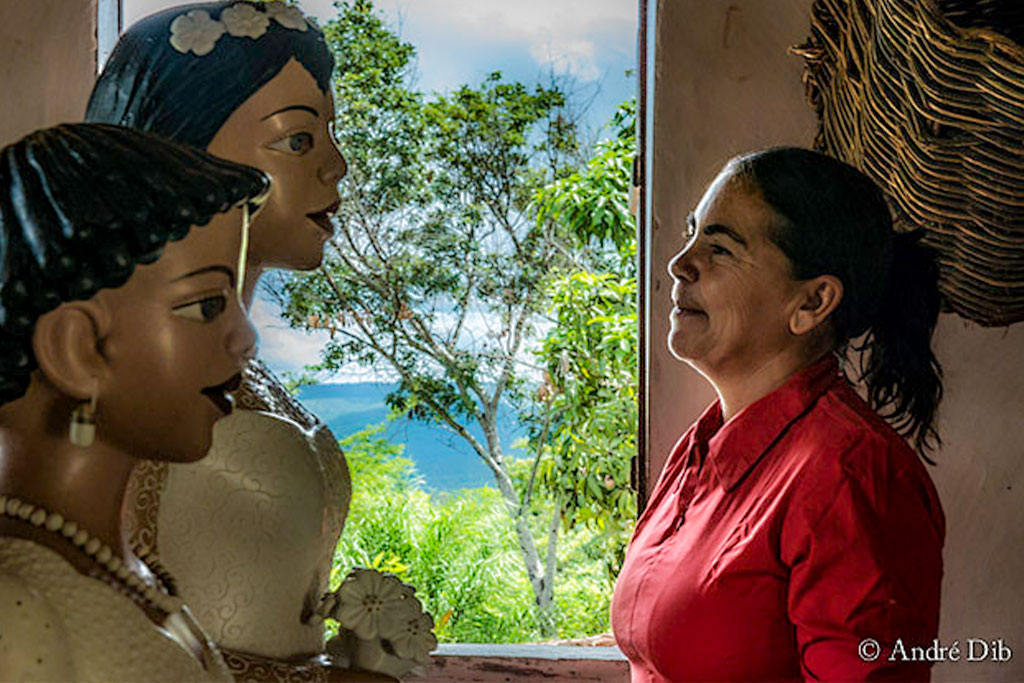
A lot is said about community-based sustainable tourism – CBST or CBT, but do you really know what it actually is? What defines it? This is the main theme of this article, which is another one from the “What we do” series here at Raízes.
By definition, sustainable community-based tourism is tourism that prioritizes those who live in the territory. That is, before being good for the tourist, the destination needs to be good for those who already live there.
In addition to prioritization, there is the question of protagonism, i.e. having a leading role in how all touristic activity is developed. The main goal of community-based sustainable tourism is to think and do tourism not only within the community but with the community. This way, CBT becomes an instrument of permanence in the land and of resistance throughout the territory.
The meaning of Community-Based Sustainable Tourism
It is quite common for companies, when investing in a local business, to think that they are doing sustainable community-based tourism by hiring a local producer from the region, but it doesn’t work that way. In order for TSBC to exist, that same producer needs to be truly involved in that small business, and the whole community must be an individual or collective owner of it. There can and should be external partners, especially when it comes to commercialization, but it is important to note the high and non-negotiable degree of autonomy of the community in the choices and decision-making.
That is, in sustainable community-based tourism, the community must be the protagonist and front line of that initiative, so that the activity contributes to its existence and to the conservation of the territory, without causing it to lose its essence, culture and identity.
Raízes believes in this way of doing tourism because it is a form of truly sustainable development in practice, with potential for realization and which is capable of generating solutions and income in the medium term. In this sense, we have even encouraged SCBT as a target for private social investment, since it also potentially improves the company’s relationship with the territory.
Community-Based Sustainable Tourism in the Jequitinhonha Valley-MG
One of our strongest examples of this base tourism is the project we developed in the Jequitinhonha Valley, in the state of Minas Gerais in Brazil. It covered three rural communities in the municipalities of Minas Novas and Turmalina, and started back in 2011. From the moment Raízes passed on the operation of its Trips Division to Vivejar in 2016, in addition to the co-created and formatted script with the community (From Clay to Art), the legacies of the project also involved the actions of its voluntourists (e.g. the creation of a community library and painting of walls with mud paint, 09 families directly involved, R$ 60 thousand BRL in direct income from tourism, and about R$ 100 thousand BRL in handicraft sales to the 92 visitors fostered within the period).
As such, sustainable tourism helps to value the local culture and generates a complementary income that is not extractive, that is, it does not compete with the preservation of the environment. It also uses knowledge and practices that cannot be replaced, and strengthens the natural identity and assets of communities.
Raízes believes that community-based tourism should be turned into a public as well as a social policy, with secured private investment by companies, thus being an interesting and sustainable solution for visited territories.
Here at Raízes Sustainable Development, we foster community-based sustainable tourism so that it inspires and multiplies transformations in the territories. If you want to know more about our ideals and projects, please contact us!

